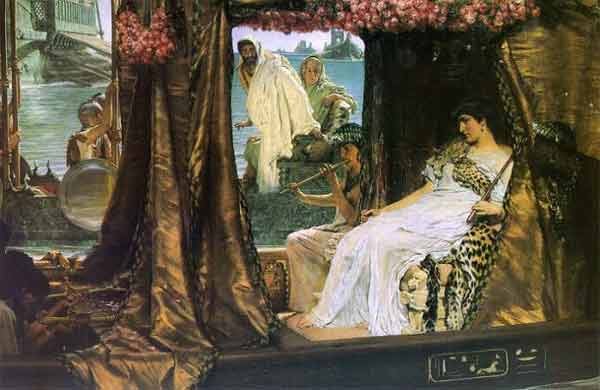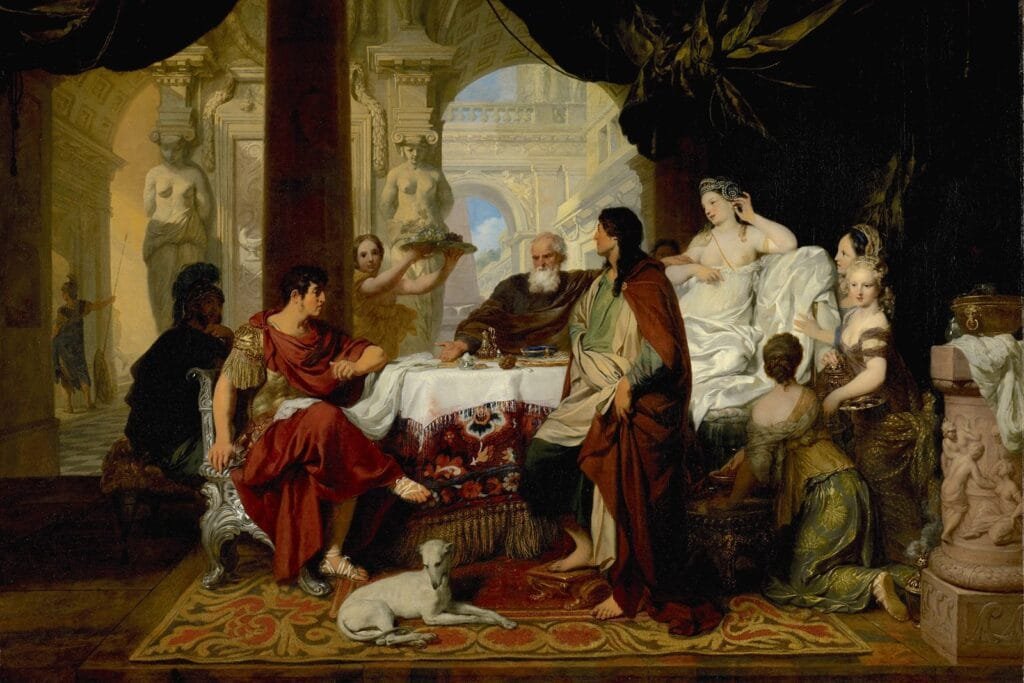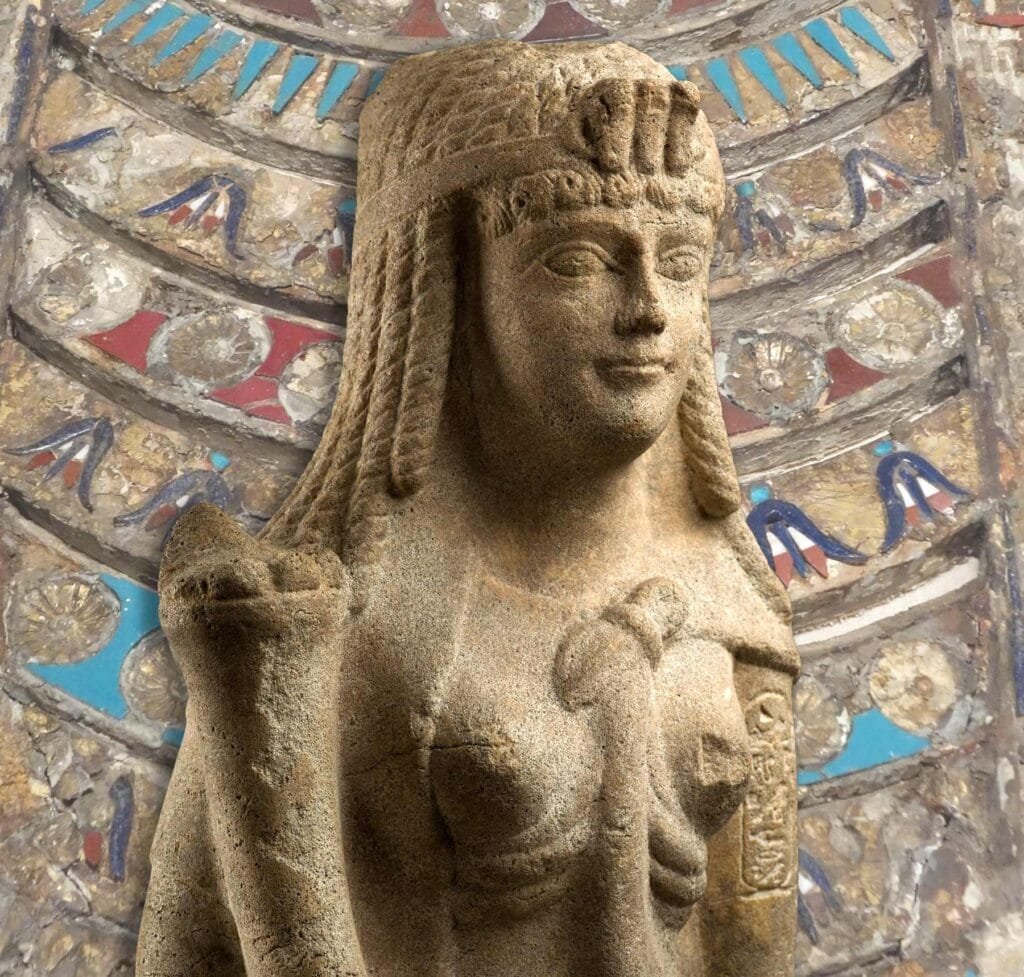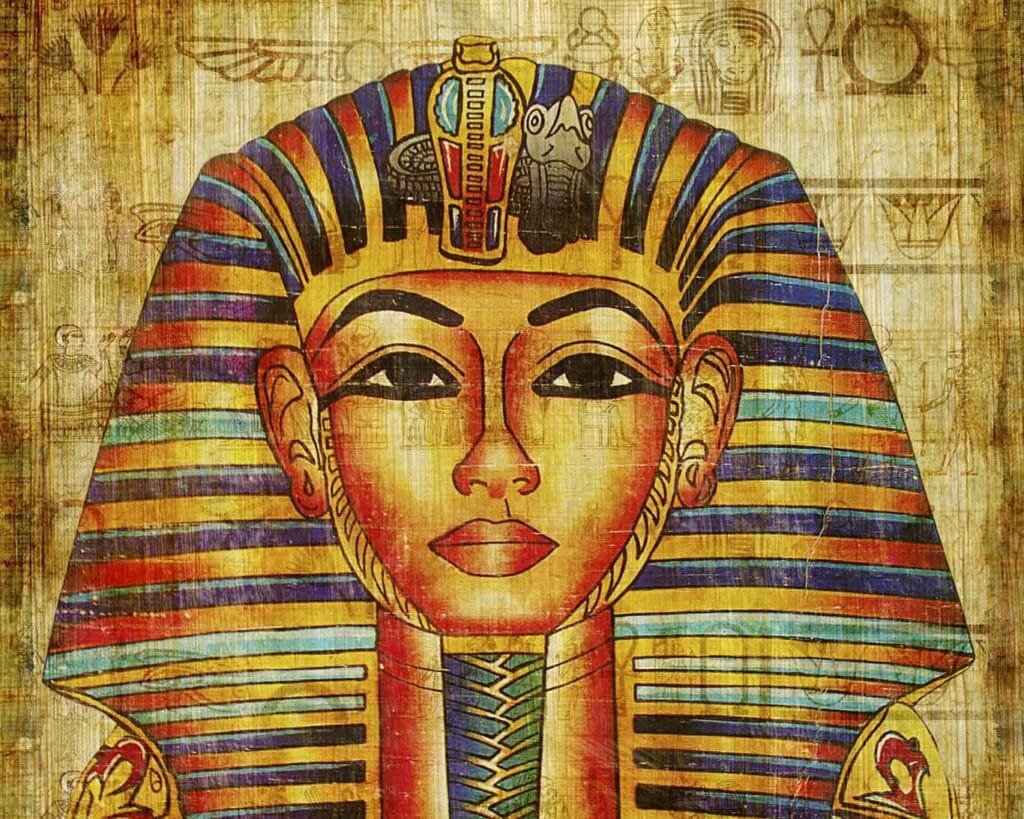Cleopatra VII, the last active ruler of the Ptolemaic Kingdom of Egypt, is one of the most famous figures in ancient history. Her legacy as a powerful queen, political strategist, and lover of two of the most influential Roman leaders—Julius Caesar and Mark Antony—has fascinated historians and tourists alike for centuries. Cleopatra’s reign marked the end of an era for Egypt as it eventually became part of the Roman Empire. Her reign was not just about beauty and romance, but also about intelligence, diplomacy, and survival. For visitors to Egypt, exploring the life of Cleopatra offers a glimpse into the rich history of Egypt’s final chapter as an independent kingdom.
- Egypt Tour Magic
- Egypt Tour Packages
- Excursions in Egypt
- Cairo Tours and Excursions
- Hurghada Tours and Excursions
- Soma Bay Tours and Excursions
- Makadi Bay Tours and Excursions
- Sahl Hasheesh Tours and Excursions
- El Gouna Tours and Excursions
- Marsa Alam Tours and Excursions
- Port Ghalib Tours and Excursions
- El Quseir Tours and Excursions
- Dendera and Abydos Day Tours
- Aswan Tours and Excursions
- Luxor Tours and Excursions
- Alexandria Tours and Excursions
- Sharm El Sheikh Tours and Excursions
- Top Rated Tours in 2025
- Optional Excursions in Egypt
- Private Transfer
- Blogs About egypt
- Ancient Egypt
- What You Need To know Before Your First Trip To Egypt
- Best Places to Visit in Egypt 2025
- Top Attractions in Red Sea Resorts 2025
- Top 10 Tourist Activities in Egypt
- Top 30 Activities You Can’t Miss in Egypt
- The Guide to Guided Tours in Egypt
- Egypt’s Ancient and Modern History
- The Nile River
- The Deserts of Egypt
- Historical Sites in Egypt
- Cairo
- Alexandria
- Luxor
- Aswan
- The Red Sea
- Dendera Temple
- El Fayoum Oasis
- Bahariya Oasis
- Siwa Oasis
- Al Alamein
- Marsa Matruh
- Ancient Egyptian gods
- famous Egyptian dishes
- UNESCO World Heritage sites
- About Us
- Why Egypt Tour Magic
- Egypt Tour Magic
- Egypt Tour Packages
- Excursions in Egypt
- Cairo Tours and Excursions
- Hurghada Tours and Excursions
- Soma Bay Tours and Excursions
- Makadi Bay Tours and Excursions
- Sahl Hasheesh Tours and Excursions
- El Gouna Tours and Excursions
- Marsa Alam Tours and Excursions
- Port Ghalib Tours and Excursions
- El Quseir Tours and Excursions
- Dendera and Abydos Day Tours
- Aswan Tours and Excursions
- Luxor Tours and Excursions
- Alexandria Tours and Excursions
- Sharm El Sheikh Tours and Excursions
- Top Rated Tours in 2025
- Optional Excursions in Egypt
- Private Transfer
- Blogs About egypt
- Ancient Egypt
- What You Need To know Before Your First Trip To Egypt
- Best Places to Visit in Egypt 2025
- Top Attractions in Red Sea Resorts 2025
- Top 10 Tourist Activities in Egypt
- Top 30 Activities You Can’t Miss in Egypt
- The Guide to Guided Tours in Egypt
- Egypt’s Ancient and Modern History
- The Nile River
- The Deserts of Egypt
- Historical Sites in Egypt
- Cairo
- Alexandria
- Luxor
- Aswan
- The Red Sea
- Dendera Temple
- El Fayoum Oasis
- Bahariya Oasis
- Siwa Oasis
- Al Alamein
- Marsa Matruh
- Ancient Egyptian gods
- famous Egyptian dishes
- UNESCO World Heritage sites
- About Us
- Why Egypt Tour Magic
Cleopatra: Egypt's Iconic Queen and Her Lasting Legacy
1. Cleopatra’s Royal Lineage and Rise to Power
Cleopatra was born in 69 BCE into the Ptolemaic Dynasty, which was of Greek origin, and ruled Egypt after Alexander the Great’s conquest. The Ptolemaic rulers spoke Greek and maintained their power through a mix of political alliances, military strength, and cultural traditions. Cleopatra’s father, Ptolemy XII, was a weak ruler, and when he died in 51 BCE, Cleopatra ascended to the throne. However, she was not alone—her younger brother, Ptolemy XIII, co-ruled with her, though their relationship soon became strained, leading to a power struggle. Cleopatra's intelligence and political savvy enabled her to eventually secure sole control of Egypt and maintain the kingdom's independence, an impressive feat given the Roman Empire’s increasing influence. For tourists visiting sites in Alexandria, Cleopatra’s birthplace, they can explore the world where she first began her rise to power, from the ancient Alexandria Library to the Pharos Lighthouse, one of the Seven Wonders of the Ancient World.
2. Cleopatra and Julius Caesar: A Strategic Alliance
Cleopatra’s political astuteness is exemplified by her strategic relationship with Julius Caesar, the most powerful Roman leader of his time. In 48 BCE, Cleopatra sought Caesar’s support in her ongoing struggle for power against her brother Ptolemy XIII. According to legend, Cleopatra famously had herself smuggled into Caesar’s presence wrapped in a rug, making a dramatic entrance that led to an affair that would significantly change both Egypt and Rome's history. Cleopatra and Caesar formed a strong political and romantic alliance, with Cleopatra giving birth to Caesar’s son, Caesarion. Caesar's backing helped her regain control of Egypt, and Cleopatra soon became involved in Roman politics. This relationship, which helped solidify her position as queen, can be explored by tourists visiting the Temple of Caesar in Alexandria, where Cleopatra’s ties to Rome began, as well as the Caesarium, a memorial dedicated to Julius Caesar.
3. Cleopatra’s Role in the Roman Civil Wars
Following Caesar’s assassination in 44 BCE, Cleopatra became involved in the complex political landscape of Rome. Cleopatra’s son, Caesarion, was seen by some as a potential heir to Caesar, which placed him at the center of political disputes. Soon after, Cleopatra aligned herself with Mark Antony, another powerful Roman general, forming a union both politically and romantically. Their alliance was seen as a threat to the Roman Senate, and it was a critical moment that contributed to the Roman civil wars. Cleopatra and Mark Antony’s forces ultimately clashed with those of Octavian, Julius Caesar’s adopted son. The Battle of Actium in 31 BCE marked the downfall of Cleopatra and Antony’s forces, leading to their eventual suicides. For tourists exploring the Temple of Dendur at the Metropolitan Museum of Art, they can learn more about the influence Cleopatra and Antony had on Roman and Egyptian politics during this turbulent period.
4. Cleopatra’s Intelligence and Political Savvy
Cleopatra is often remembered for her beauty and romantic liaisons, but it was her intelligence and political skills that truly made her one of the most remarkable rulers of ancient Egypt. She was highly educated, fluent in multiple languages, and well-versed in philosophy, science, and diplomacy. As Pharaoh, she worked tirelessly to maintain Egypt’s independence while navigating the complex political landscape of the Mediterranean world, particularly with Rome's growing dominance. Her leadership ensured that Egypt remained a wealthy and influential power in the ancient world, even as Rome expanded. For visitors, the opportunity to learn about Cleopatra’s political strategies and intellect is best explored through the Egyptian Museum in Cairo, where visitors can delve into the artifacts and documents from her reign, offering insights into her remarkable leadership.
5. Cleopatra’s Legacy: The End of the Ptolemaic Dynasty
Cleopatra's death in 30 BCE marked the end of the Ptolemaic Dynasty, as Egypt was absorbed into the Roman Empire. After her suicide, along with Mark Antony, Octavian (the future Emperor Augustus) took control of Egypt. Cleopatra’s legacy, however, continued to influence history for centuries. She left behind a son, Caesarion, but he was executed by Octavian, and the Roman Empire soon established its control over Egypt. Cleopatra’s reign was the last chapter in Egypt’s ancient history as an independent kingdom. Despite her tragic end, her legacy endures in both the art and history of Egypt and Rome. For tourists, visiting Alexandria’s Catacombs and Pompey’s Pillar provides a link to the legacy of Cleopatra’s reign and the cultural fusion of Egyptian and Roman influences during her rule.
6. Cleopatra in Popular Culture and Modern Tourism
Cleopatra’s image has been immortalized in literature, films, and art. Her life has been romanticized and dramatized in countless ways, from Shakespeare’s "Antony and Cleopatra" to the 1963 Hollywood film starring Elizabeth Taylor. Cleopatra's allure continues to captivate modern audiences, and her story has been a driving force for tourists interested in the allure of Egypt's last queen. For those visiting Egypt today, the story of Cleopatra is woven into the fabric of historical sites, including the Bibliotheca Alexandrina (the modern library of Alexandria), which stands near the site of the ancient Alexandria Library. Tourists can walk in Cleopatra's footsteps by visiting places where her story unfolded, including Pompey’s Pillar, the Alexandria Museum, and the citadel of Alexandria, which are all integral parts of her legacy.
7. The Architecture and Monuments of Cleopatra’s Egypt
During Cleopatra's reign, Egypt saw the construction and renovation of several grand monuments and buildings that reflected her influence and connection to both Egyptian and Roman culture. In Alexandria, Cleopatra was responsible for rebuilding parts of the city, which had become a hub for learning and culture. The famous Pharos Lighthouse, one of the Seven Wonders of the Ancient World, stood as a beacon of Alexandria’s power and wealth. Cleopatra also commissioned several statues of herself, often depicted in Egyptian or Greco-Roman styles, reinforcing her image as a divine ruler. These monuments and statues remain symbols of her reign, and tourists visiting Alexandria can still see remnants of these grand structures, offering a physical connection to Cleopatra’s legacy.
8. Exploring Cleopatra’s Egypt: A Unique Historical Experience
A visit to Egypt is not complete without exploring the fascinating history of Cleopatra, whose story is intertwined with the culture, politics, and dramatic events of the ancient world. Cleopatra’s reign is a testament to the strength, intelligence, and power of women in ancient history. Touring Alexandria allows visitors to trace the history of Cleopatra, from the Alexandria Library, where scholars once debated and discussed, to the Roman Amphitheater, which once hosted theatrical performances during her time. Visitors can also explore the Royal Palace of Alexandria, where Cleopatra and Julius Caesar met. For tourists interested in history, Cleopatra’s life offers an unforgettable exploration of power, politics, and romance that shaped the course of Egyptian and Roman history.










